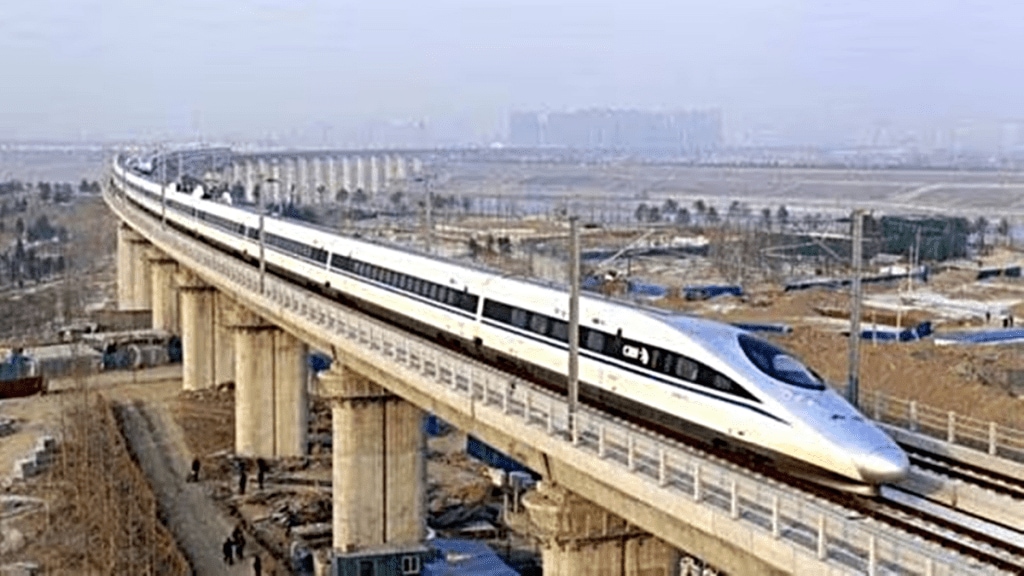The Mumbai-Ahmedabad High-Speed Rail (MAHSR) project is set to revolutionize rail travel in India, and alongside its state-of-the-art technology, efficient and systematic maintenance plans are being put in place to ensure its smooth operation. Three maintenance depots—located at Surat, Thane, and Sabarmati—will play a crucial role in keeping the rolling stock and infrastructure in top condition for high-speed travel.
Rolling Stock Maintenance
A key component for the smooth running of high-speed railways is a well-developed maintenance system. The MAHSR project will have three dedicated maintenance depots for rolling stock (the trains themselves). The smallest of the three depots will be at Surat, spanning approximately 38 hectares. Next is Thane Depot, located on about 58 hectares of land, and the largest depot will be at Sabarmati, covering around 82 hectares.
Thane and Surat depots will be responsible for daily inspections, regular maintenance, and unscheduled repairs of the trains. However, the Sabarmati Depot will go a step further, featuring advanced facilities for bogie overhauling and general train servicing, ensuring long-term reliability.
Sustainable Maintenance Practices
In line with the project’s commitment to sustainability, all three depots will be equipped with eco-friendly technologies. These will include rainwater harvesting systems, wastewater treatment facilities, the use of ultra-efficient water fixtures, and solar panels to meet energy needs. This eco-conscious approach aims to minimize the environmental impact of the project while supporting efficient maintenance operations.
Advanced Measuring Equipment for Infrastructure Monitoring
To guarantee the safety and performance of the high-speed rail system, advanced measuring equipment will be utilized for the inspection of track conditions, power supply, signaling, and telecommunication systems installed along the MAHSR corridor. These specialized tools will provide real-time data for preventive maintenance across all infrastructure elements.
The measuring equipment will either be installed on passenger trains or be housed on dedicated inspection trains designed to travel at the operational speeds of the rail system. These inspections will ensure that any issues are promptly detected and addressed, minimizing disruptions to services and maintaining the high standards of the MAHSR project.
